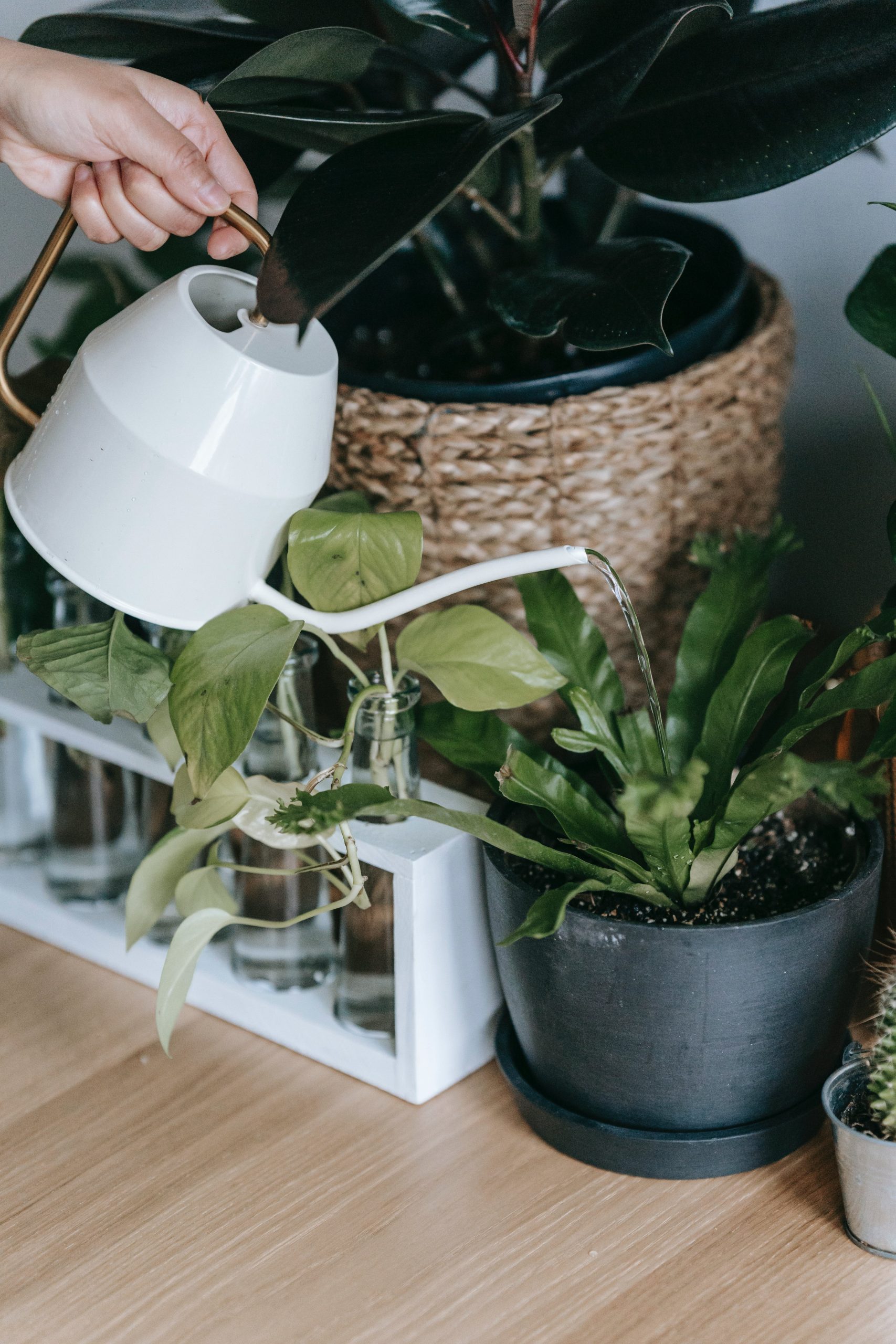House Plant Watering
Is your plant underwatered or overwatered? Sometimes it can be tricky to tell. In this article, we will go over common signs of each and how to bring your plant back to health.
Navigating indoor plant watering can be challenging, especially when faced with the nuanced signs of both underwatering and overwatering. In this guide, we delve into the distinctive indicators of each condition and provide insights on how to revive your plants. Whether it’s deciphering the wilted appearance and dry soil of underwatered plants or recognizing the subtler signs like yellowing leaves and soft roots in overwatered ones, understanding these cues is crucial. We’ll also equip you with practical tips, from maintaining consistent moisture levels to improving drainage, ensuring your indoor plants receive the tailored care they deserve.
What are the signs of underwatered indoor plants?
Conclusion
Mastering the art of indoor plant watering involves a keen understanding of the nuanced signs indicating both underwatering and overwatering. By deciphering clues like wilting, dry soil, or yellowing leaves, you can tailor your care routine to meet the specific needs of each plant. The key lies in maintaining consistent moisture, ensuring proper drainage, and adapting your watering practices based on individual plant requirements. With these insights, you can confidently navigate the delicate balance, promoting the health and vitality of your indoor garden.

